Navigating the logistics and shipping of bulk orders, such as bale shoes, requires a strategic approach. Understanding the bulk shipping process is essential, as it involves transporting large quantities of products, often without packaging, directly in the cargo holds of vessels. The process is typically divided into stages, with careful consideration of the product's volume and mass requirements before and after storage on the ship. This ensures safe and efficient delivery.
When considering bulk shipping for bale shoes, it's important to note the difference between bulk and breakbulk shipping. Bulk shipping is for large quantities of unpackaged goods, while breakbulk refers to individual items that are packed. For bale shoes, which may come in large quantities, the appropriate shipping method must be chosen based on the size, weight, and packaging of the goods.
Costs in bulk shipping are influenced by several factors, including the shipping method (per ton or per day), the type of goods, and the distance traveled. While calculating these costs, businesses must also consider the dimensional weight, which is the space a product occupies in a cargo hold. This can affect the price, as a product taking up more space may cost more, even if it's not heavy.
Lastly, the durability of the shipped goods during transit is crucial. For bale shoes, which may not require the same level of protection as fragile items, it's still important to ensure they are securely packed and can withstand the journey. This may involve high-quality packaging and possibly investing in shipping insurance to protect against damage costs.

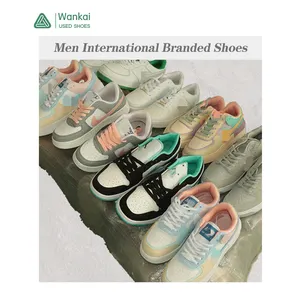
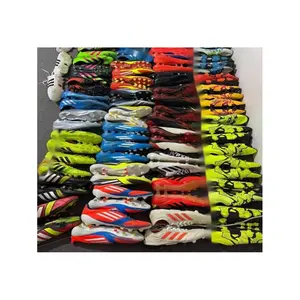





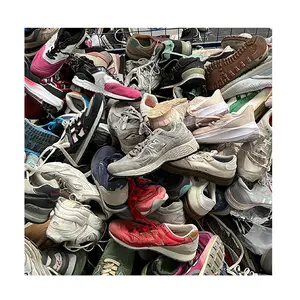
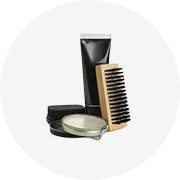
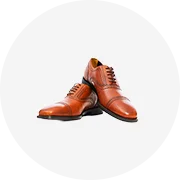
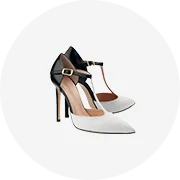
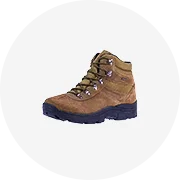
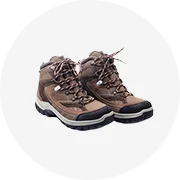
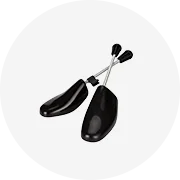
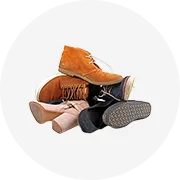
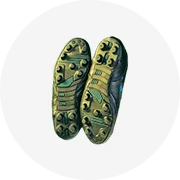











 浙公网安备 33010002000092号
浙公网安备 33010002000092号 浙B2-20120091-4
浙B2-20120091-4